|
Inside this article, we explore some evidence-backed (and practical) nutrition strategies that an alpinist, mountaineer or hiker can use to perform at their best during a high altitude mountain adventure. Article written by Kyle Kamp, registered dietician and founder of Valley To Peak Nutrition. As many incredible things as there are to behold in this big, beautiful world we're fortunate to live in, I would argue fewer things inspire awe, ambition, and aspiration the way a giant mountain peak does. They're peppered with ridges so jagged they resemble the outline of a shark's mouth more than the granite slabs they are and beckoned to be climbed. Some take this inspiration to an entirely different level by challenging themselves, their bodies, and their safety to pursue athletic endeavours amongst the tallest of these behemoths. Many, many years ago, we didn't know much about the nutrition needs of mountain climbers. In fact, researcher SJ Boyle said "little is known about weight loss and changes in body composition at extreme altitudes." as recent as the 19080s(1). Thankfully, we've come a long way in our research of these athletes in the last 40 years and our understanding of the demands placed on their bodies when performing at high altitudes- things like what affects weight changes, appetite, and more importantly- just how to combat those maladies. Factors Affecting Nutrition |
AuthorRowan is a personal trainer who specialises in training for hiking, trekkers and mountaineers for their bucket list adventures. Archives
July 2024
Categories
All
|
AboutSummit Strength is a personal training for hiking service created specifically to help hikers have the best chance of a safe, enjoyable and successful adventure.
|
Company |
Services |
|
|
© COPYRIGHT 2018. ALL RIGHTS RESERVED.
|
Website Design by My Personal Trainer Website
|

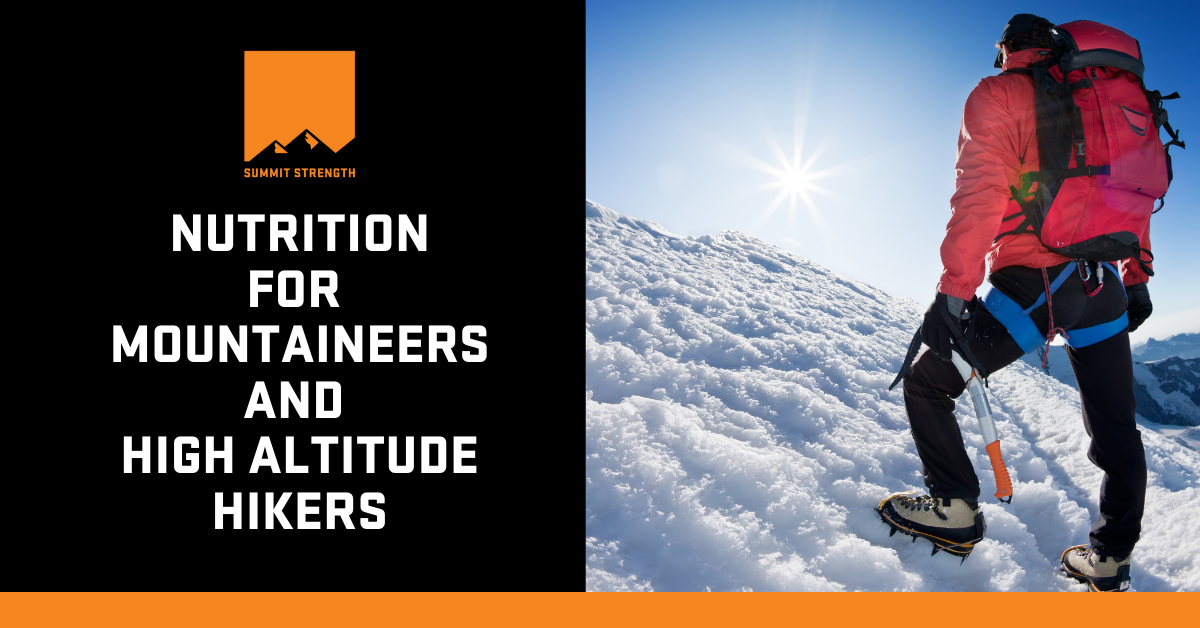
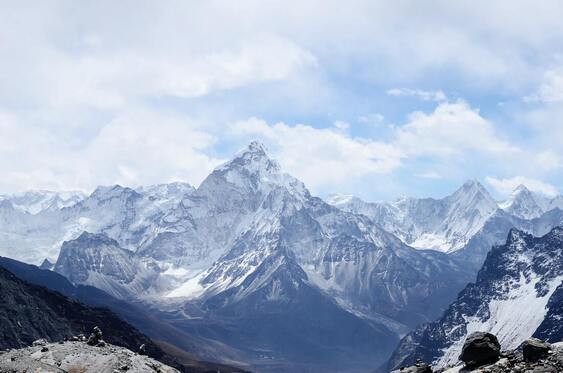
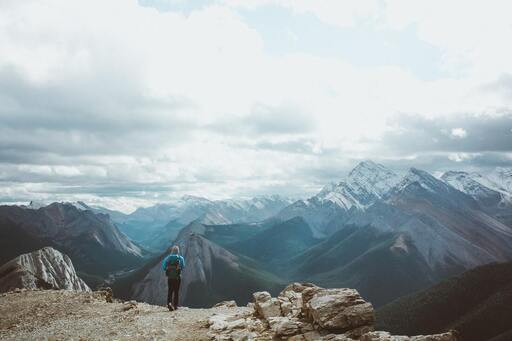
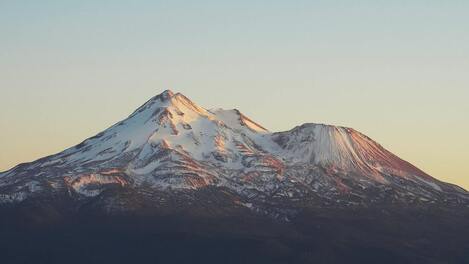
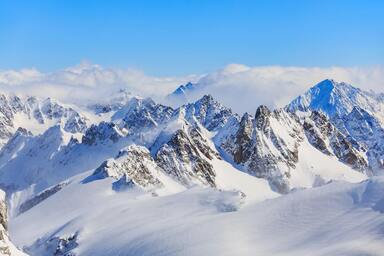
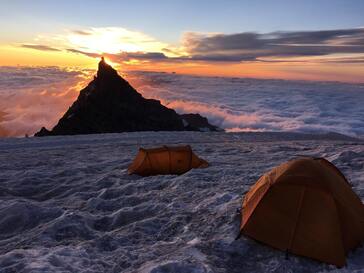
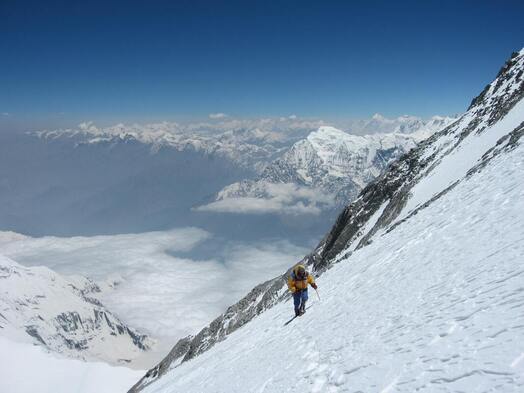

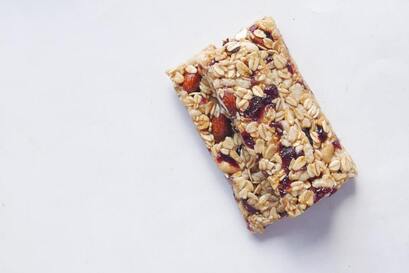
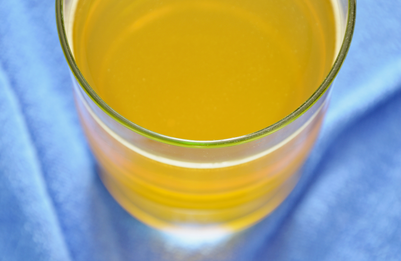
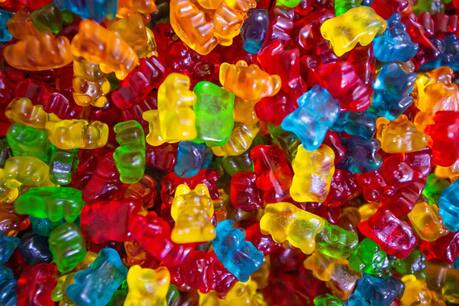
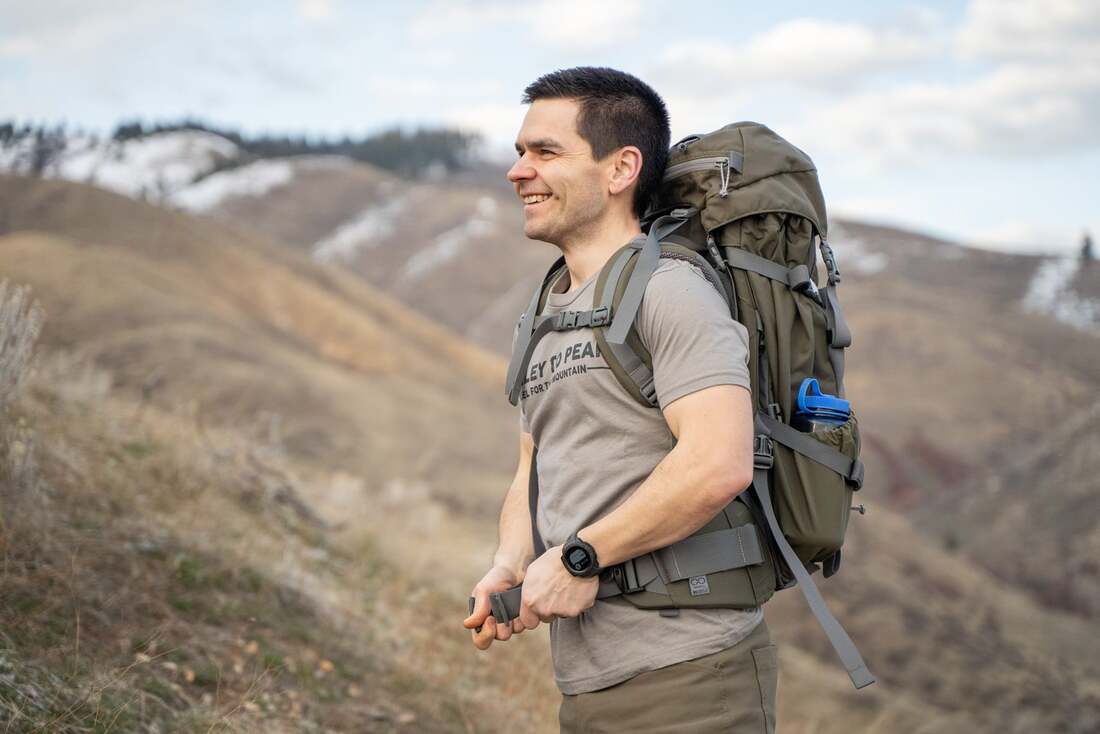
 RSS Feed
RSS Feed
